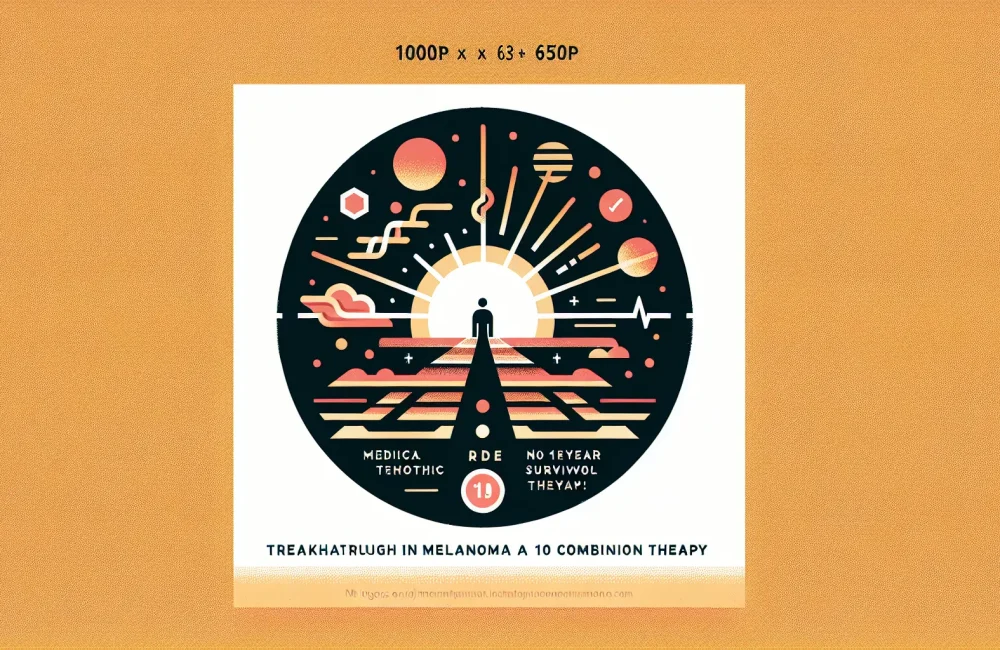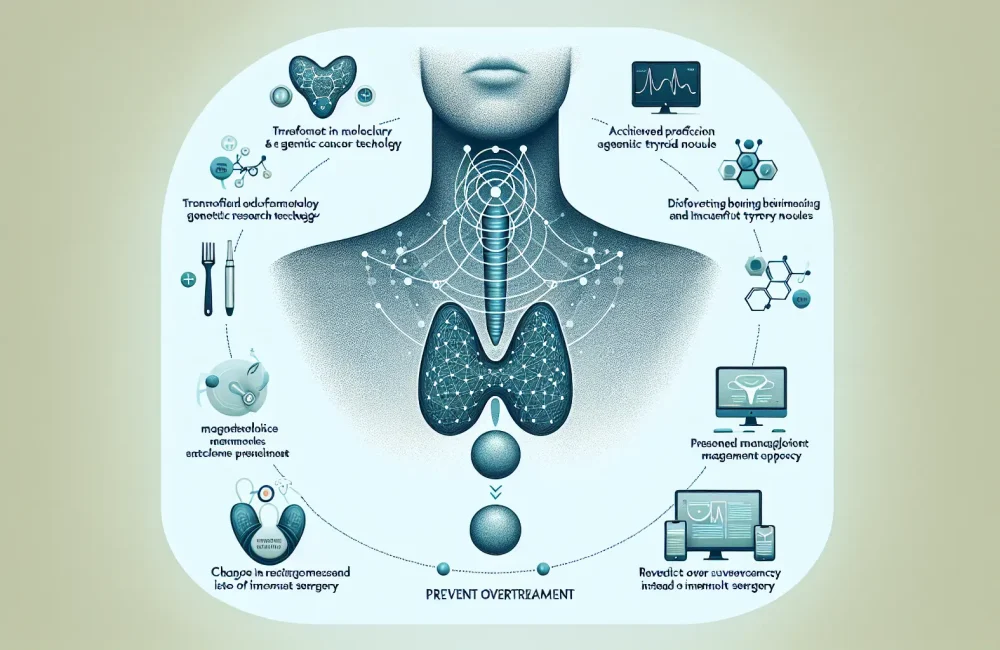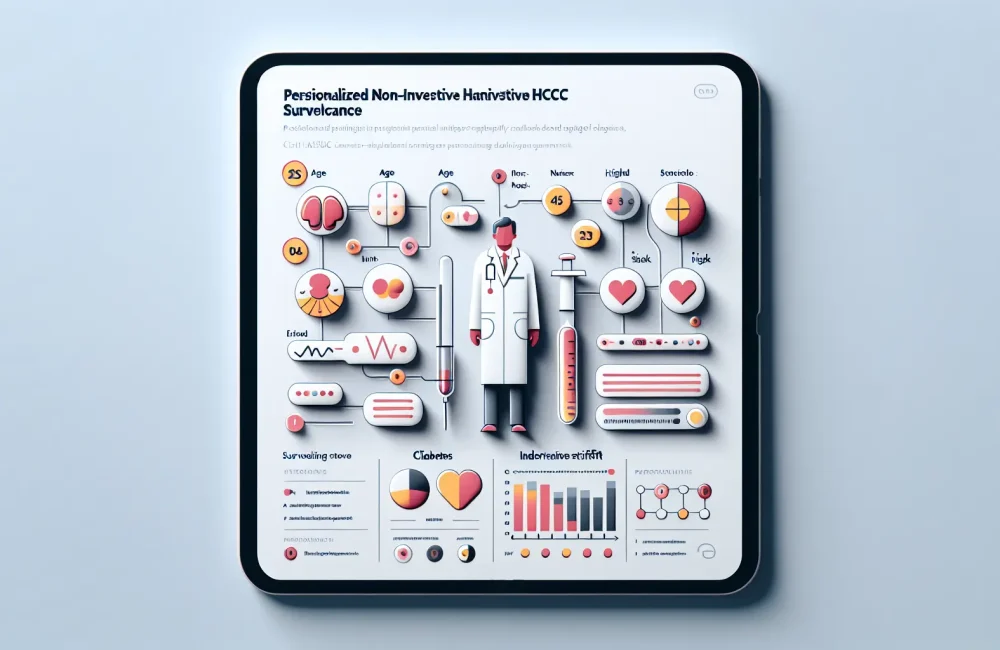By CAFMI AI From New England Journal of Medicine
Long-term Survival Benefits of Nivolumab plus Ipilimumab in Advanced Melanoma
Nivolumab plus ipilimumab combination therapy has revolutionized treatment options for patients with advanced melanoma, a disease historically associated with poor survival outcomes. This pivotal clinical trial with a 10-year follow-up provides compelling evidence that this dual immunotherapy approach offers durable, long-lasting clinical benefits. Over a decade of monitoring, a significant proportion of patients treated with this combination remain alive and free from disease progression, an outcome that far surpasses results seen with prior monotherapy or chemotherapy regimens. Specifically, the study demonstrated a marked improvement in overall survival rates at the 10-year mark, underscoring the profound impact of this immunotherapeutic strategy on patient prognosis. This extended follow-up is crucial, as it confirms not only early efficacy signals previously reported but also the enduring nature of clinical benefit that immunotherapy can provide in melanoma management.
Safety Profile and Clinical Management of Long-Term Immunotherapy
Long-term safety is a critical consideration for clinicians managing patients on immune checkpoint inhibitors like nivolumab and ipilimumab. The 10-year analysis reaffirmed that while immune-related adverse events (irAEs) are common, they remain manageable with established clinical protocols and do not significantly compromise the overall benefit of therapy. The safety data collected over the extended follow-up period showed no new late-onset toxicities, which is reassuring for practitioners aiming to balance efficacy with patient quality of life. Importantly, understanding and anticipating irAEs allows healthcare providers to implement timely interventions, such as corticosteroids and other immunosuppressive agents, to mitigate adverse effects. This proactive safety management is pivotal in maintaining patients on therapy, maximizing their long-term outcomes. Clinicians should remain vigilant for common side effects including dermatologic, gastrointestinal, hepatic, and endocrine toxicities, which are generally reversible with appropriate care.
Clinical Implications and Guideline Integration for Practice
The robust data supporting nivolumab plus ipilimumab over 10 years inform current clinical guidelines that endorse this combination as a first-line standard of care for advanced melanoma. Practitioners, especially those in the United States, should incorporate this evidence into treatment planning, recognizing the potential for durable disease control and improved survival rates. Monitoring strategies suggested by clinical guidelines emphasize regular clinical assessment and imaging to evaluate response and identify progression early. Additionally, differential diagnosis and recognition of red flags related to immune-mediated effects should be part of routine evaluations to guide timely management decisions. Counseling patients about the potential long-term benefits alongside the risk of immune-related side effects is essential for shared decision-making. Follow-up workflows in primary care and oncology practices can be structured to ensure comprehensive survivorship care, including management of late toxicities and psychosocial support. These findings also highlight the importance of continued research and patient enrollment in registries to further refine immunotherapy use in diverse populations and to optimize care pathways.
Read The Original Publication Here






